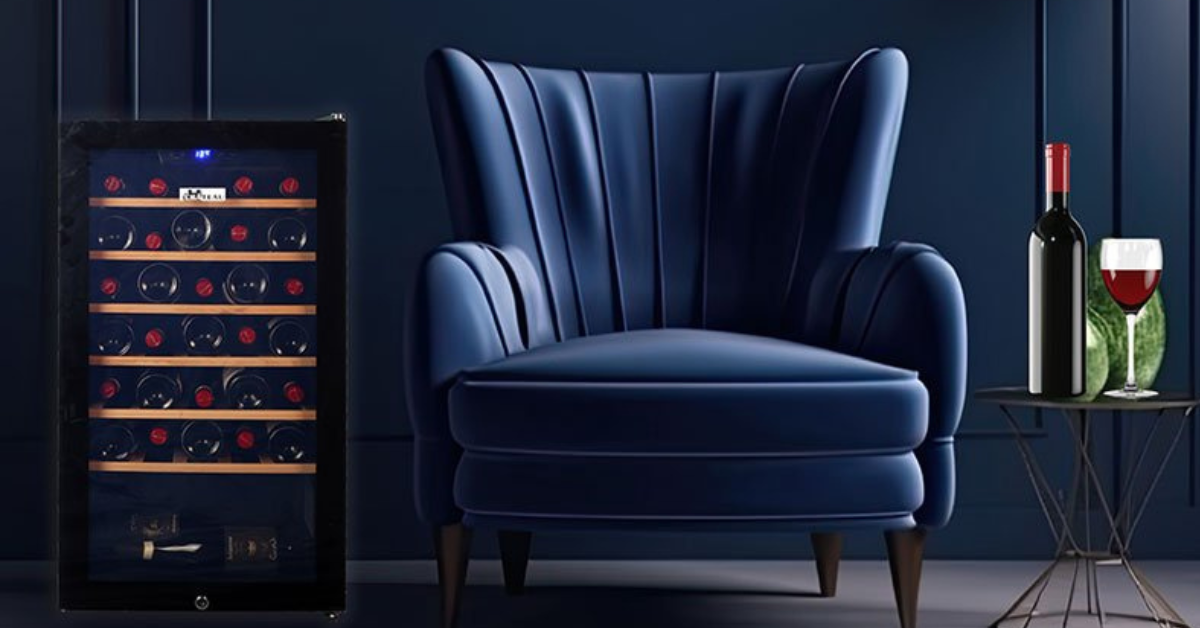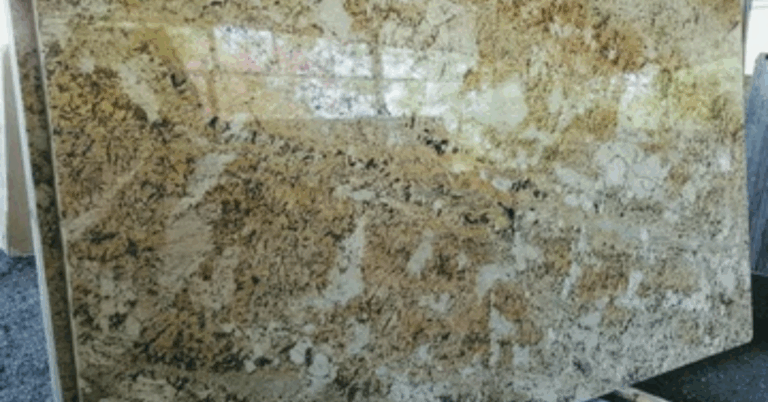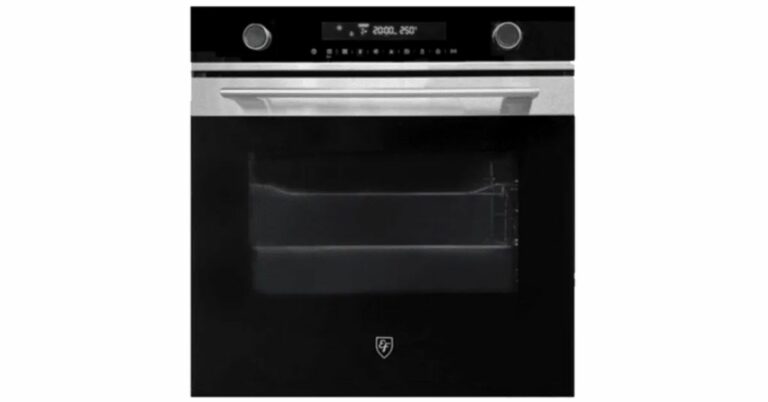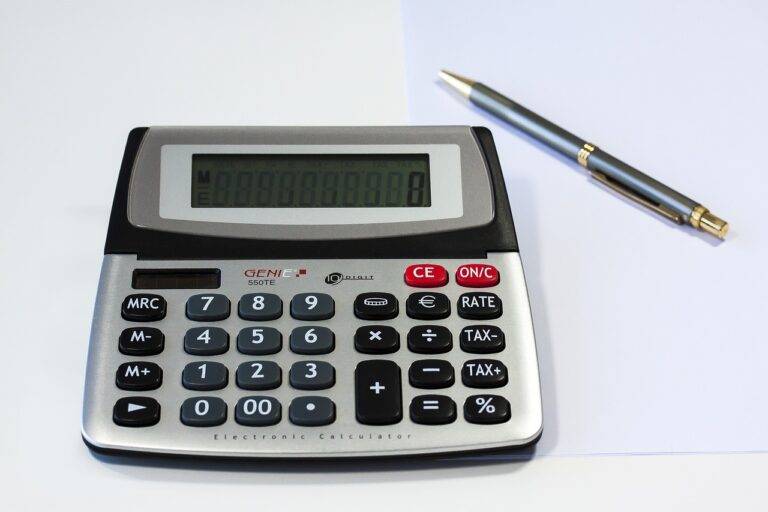The Ultimate Guide to Creating the Perfect Wine Cellar
Wine enthusiasts understand the importance of proper wine storage. Whether you’re a casual collector or a connoisseur, a Wine Cellar is an essential space for preserving the quality, taste, and value of your collection. If you’re considering setting up a wine cellar, this guide will walk you through everything you need to know—from choosing the right location to maintaining optimal storage conditions.
Why a Wine Cellar is Essential for Every Collector
Wine is a delicate beverage that evolves over time. The right storage conditions can enhance its flavor, while improper storage can ruin even the finest vintages. A well-designed wine cellar offers the following benefits:
- Temperature Control: Wines need to be stored at an optimal temperature (usually around 12-14°C) to age properly.
- Humidity Regulation: Proper humidity levels (50-70%) prevent corks from drying out and protect wines from oxidation.
- UV Protection: Direct sunlight can degrade wine quality. A cellar offers a controlled, dark environment.
- Vibration-Free Storage: Frequent movement can disturb the aging process. A wine cellar ensures a stable environment.
- Organization and Display: A dedicated space allows you to organize your wines efficiently and showcase your collection.
Choosing the Right Location for Your Wine Cellar
The first step in creating a wine cellar is choosing the right location. Consider the following factors:
1. Basement vs. Above-Ground Storage
A basement is often the best location for a wine cellar because it provides a naturally cool and dark environment. However, if a basement isn’t an option, an interior room with minimal temperature fluctuations can also work.
2. Temperature and Humidity Control
Wine requires consistent conditions, so select a space where you can easily regulate temperature and humidity. Avoid areas near heaters, laundry rooms, or windows with direct sunlight.
3. Space Considerations
Decide how many bottles you plan to store. Whether you want a compact storage area or a large walk-in wine cellar, ensure there is enough space for shelving, racks, and cooling units.
Key Components of a Wine Cellar
1. Wine Racks and Shelving
The type of racking system you choose depends on your collection size and aesthetic preference. Popular materials include:
- Wood Racks: Offer a classic and elegant look.
- Metal Racks: Provide a modern and sleek design.
- Custom Shelving: Tailored designs for unique storage needs.
2. Wine Cooling System
A climate-controlled cooling system is necessary for maintaining the right temperature and humidity. Options include:
- Self-Contained Cooling Units: Ideal for small cellars.
- Ducted Cooling Systems: Provide precise climate control for larger spaces.
- Split Cooling Systems: Allow for flexibility in temperature regulation.
3. Insulation and Vapor Barrier
Proper insulation helps maintain a stable environment. A vapor barrier prevents condensation and protects the cellar from external moisture.
4. Lighting
Use LED lighting to illuminate your wine cellar without generating heat. Avoid fluorescent or direct sunlight exposure.
5. Security and Organization
Consider installing locks, inventory management software, or smart shelving to keep track of your collection.
Designing Your Wine Cellar: Aesthetics and Functionality
Creating a wine cellar is not just about function—it’s also an opportunity to design a space that reflects your personality and taste. Here are some design ideas:
1. Classic Wine Cellar Design
A traditional wine cellar features wood racks, soft lighting, and a rustic ambiance. It’s perfect for those who love an old-world charm.
2. Modern Wine Cellar Design
A contemporary design incorporates sleek metal racks, glass enclosures, and minimalist aesthetics for a stylish appeal.
3. Tasting Room Integration
If space allows, consider adding a tasting area with seating, a wine bar, and ambient lighting to enhance the overall experience.
Maintaining Your Wine Cellar
Once your wine cellar is set up, regular maintenance ensures your wines remain in perfect condition. Here are some maintenance tips:
1. Monitor Temperature and Humidity
Invest in a digital hygrometer and thermometer to keep track of environmental conditions.
2. Rotate Your Collection
If you frequently open bottles, organize your cellar so that older wines are consumed first.
3. Clean Your Cellar Regularly
Dust racks and shelving, check for mold or mildew, and ensure that corks are intact.
4. Inspect the Cooling System
Perform routine maintenance on your cooling unit to prevent breakdowns that could damage your collection.
Wine Cellar vs. Wine Cooler: What’s the Difference?
If you’re not ready for a full wine cellar, a wine cooler may be a suitable alternative. While a wine cooler offers a compact, controlled environment for storing bottles, a wine cellar provides long-term storage and better aging conditions. A wine cellar is ideal for collectors with a growing inventory, whereas a wine cooler is perfect for those with limited space or a small selection.
Final Thoughts: Elevate Your Wine Collection with the Perfect Wine Cellar
A wine cellar is a valuable investment for any wine enthusiast. Whether you’re looking to store a few dozen bottles or thousands, the right storage solution ensures your wines maintain their flavor, quality, and value. By carefully selecting your cellar’s location, climate control system, and design elements, you can create a space that not only protects your wine but also enhances your overall wine experience.
At Chateau Wine Cooler, we offer premium wine storage solutions to help you build the perfect wine cellar. Explore our collection of wine coolers and storage options to preserve your cherished wines for years to come. Cheers to fine wine and exquisite storage!







